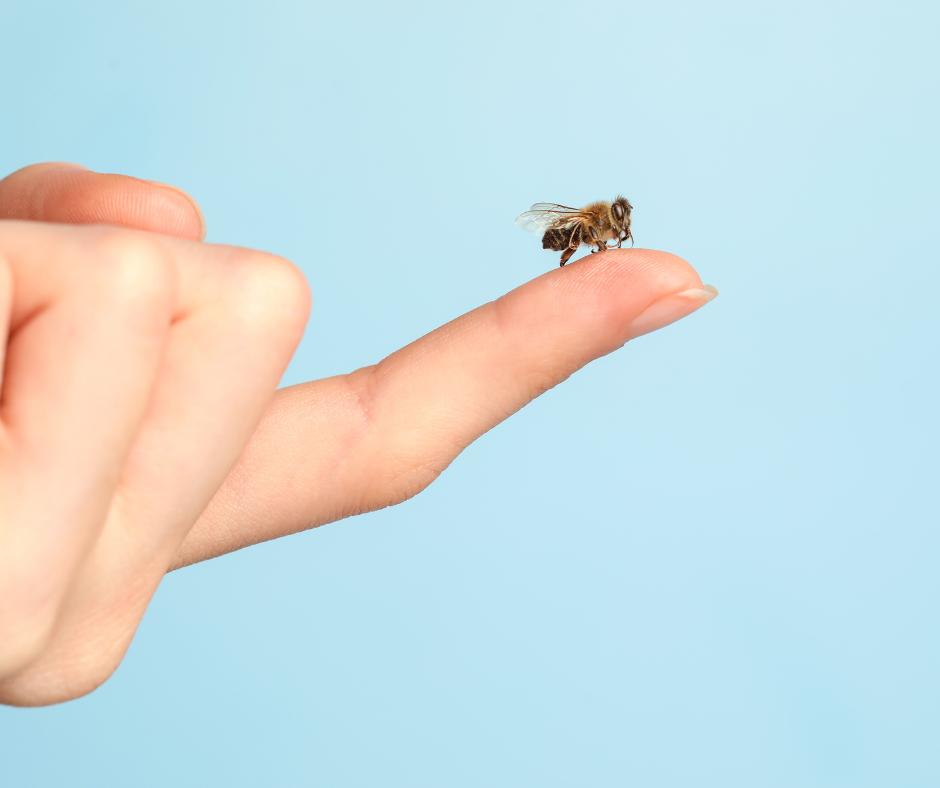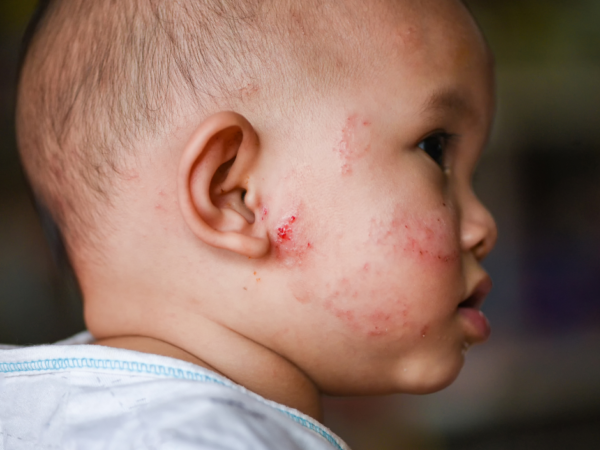Introduction: A Tiny Sting, A Potential Threat
It happens in a split second. You’re walking through a garden, enjoying the day, and suddenly – a sharp, burning pain strikes. You’ve just been stung by a bee. For many, it’s just a painful nuisance. But for others, it could be a matter of life and death.
Every year, thousands of people are stung by bees, wasps, or hornets. While most recover quickly, some go into anaphylactic shock – a severe, life-threatening allergic reaction. Ignoring the signs or failing to act quickly can have irreversible consequences.
This article is not just information – it’s a call to action. You must know what to do, and you must act fast.
Step 1: Remove the Stinger Immediately
Time is critical. The bee’s stinger continues to pump venom into your body for up to a minute. Use a flat-edged object (like a credit card) to scrape the stinger out. Never use tweezers—they can squeeze more venom into your skin.
Why does this matter? Because every second the stinger remains inside, the venom spreads deeper and faster. Don’t wait.
Step 2: Wash the Area Thoroughly
After removing the stinger, wash the affected area with soap and cold water. This reduces the risk of infection and slows the spread of venom.
Neglecting this step increases your risk of secondary complications. This is your defense against long-term skin damage and infection.
Step 3: Apply a Cold Compress
Swelling, redness, and pain are common. Apply a cold pack or cloth-wrapped ice to reduce swelling. This also soothes the burning pain and slows the body’s inflammatory response.
If you skip this, inflammation may worsen, increasing discomfort and healing time. Act now—comfort won’t wait.
Step 4: Monitor for Allergic Reactions
This is the most dangerous part.
Even if you’ve been stung before without issue, your body might react differently this time.
Look out for:
-
Swelling beyond the sting site (especially in the face, lips, or throat)
-
Difficulty breathing
-
Rapid heartbeat
-
Dizziness or fainting
-
Hives all over the body
If ANY of these signs appear, call emergency services immediately. Don’t hesitate. Seconds matter.
Step 5: Take Over-the-Counter Medication (If Needed)
For mild symptoms:
-
Antihistamines (like diphenhydramine or cetirizine) help with itching or swelling.
-
Pain relievers (like ibuprofen) can help manage pain and inflammation.
But remember: this is supportive care, not a substitute for medical attention if symptoms worsen.
Step 6: Always Have an Emergency Plan
If you or your loved one has a known allergy:
-
Carry an epinephrine auto-injector (EpiPen) everywhere.
-
Inform friends, family, and coworkers about your allergy.
-
Wear a medical ID bracelet.
If you’re not sure whether you’re allergic, ask your doctor for an allergy test. Don’t wait until a harmless-looking bee turns your world upside down.
This Is Not Just a Sting. It’s a Wake-Up Call.
Every bee sting should be treated with awareness and urgency. Don’t brush it off. Whether you’re in your home garden, hiking in the woods, or at a picnic with your children – you need to know what to do.
If you’re reading this, you’re already one step ahead. But information alone is not enough. Share this with your loved ones, your colleagues, your community. Lives depend on it.
Final Thought: Don’t Be a Statistic
Each year, dozens of people die simply because they didn’t take bee stings seriously. They dismissed the signs. They waited too long. They thought it was “just a sting.”
Let that not be your story. Let today be the day you prepare, educate, and protect yourself and those around you.




